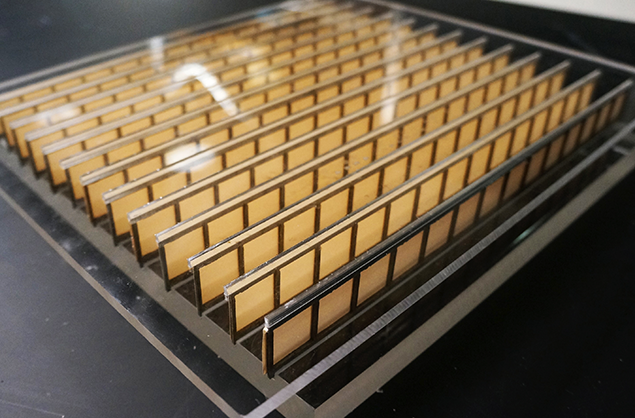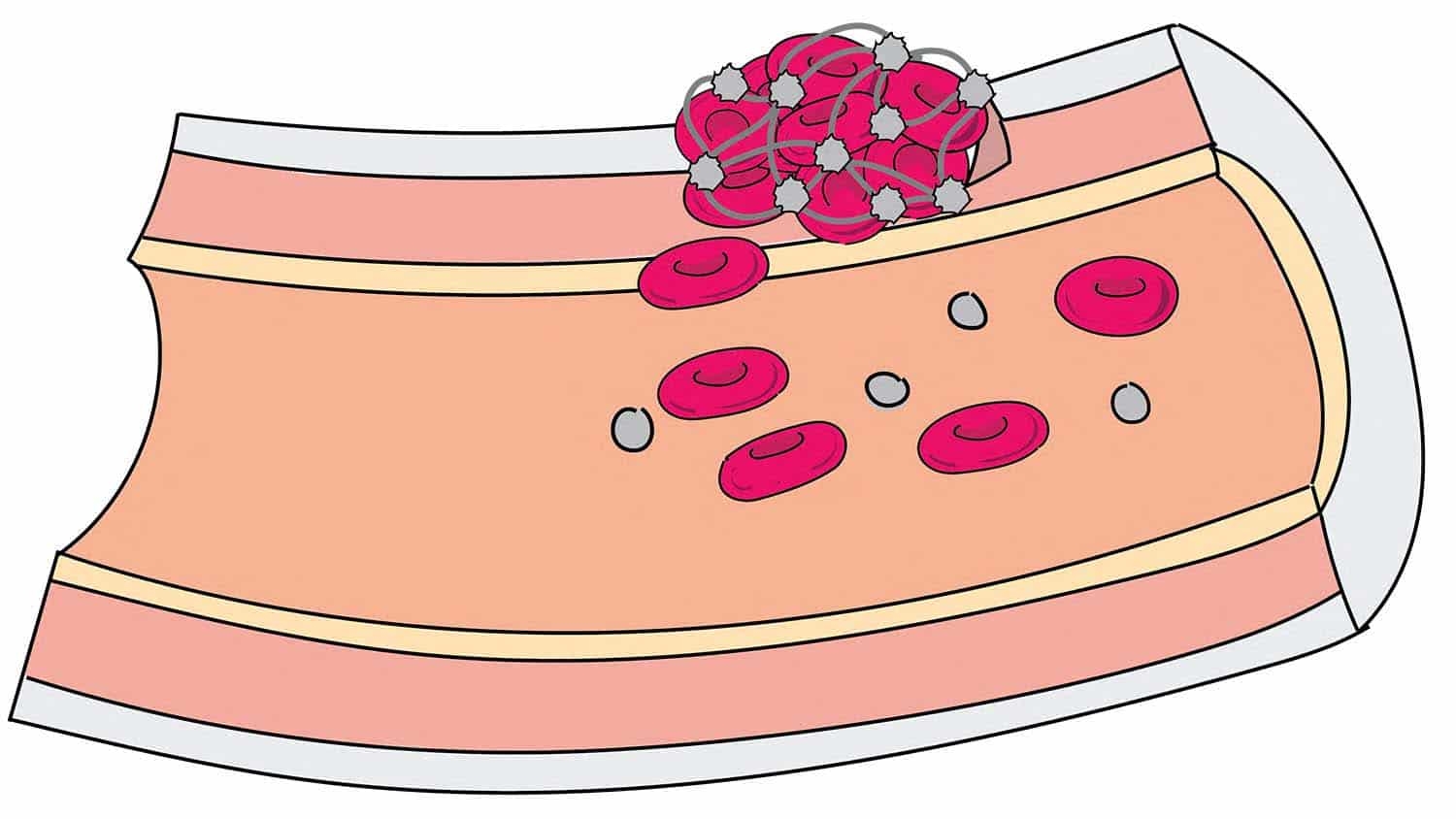New metamaterial manipulates sound to improve acoustic imaging

Researchers from the College working with colleagues at Duke University have developed a metamaterial made of paper and aluminum that can manipulate acoustic waves to more than double the resolution of acoustic imaging, focus acoustic waves and control the angles at which sound passes through the metamaterial. Acoustic imaging tools are used in both medical diagnostics and in testing the structural integrity of everything from airplanes to bridges.
“This metamaterial is something that we’ve known is theoretically possible, but no one had actually made it before,” says Dr. Yun Jing, an assistant professor of mechanical and aerospace engineering (MAE) and corresponding author of a paper describing the work.
Metamaterials are simply materials that have been engineered to exhibit properties that are not found in nature. In this case, the structural design of the metamaterial gives it qualities that make it a “hyperbolic” metamaterial. This means that it interacts with acoustic waves in two different ways. From one direction, the metamaterial exhibits a positive density and interacts with acoustic waves normally – just like air. But from a perpendicular direction, the metamaterial exhibits a negative density in terms of how it interacts with sound. This effectively makes acoustic waves bend at angles that are the exact opposite of what basic physics would tell you to expect.
The practical effect of this is that the metamaterial has some very useful applications.
For one thing, the metamaterial can be used to improve acoustic imaging. Traditionally, acoustic imaging could not achieve image resolution that was smaller than half of a sound’s wavelength. For example, an acoustic wave of 100 kilohertz (kHz), traveling through air, has a wavelength of 3.4 millimeters (mm) — so it could not achieve image resolution smaller than 1.7 mm.
“But our metamaterial improves on that,” says Chen Shen, an MAE Ph.D. candidate and lead author of the paper. “By placing the metamaterial between the imaging device and the object being imaged, we were able to more than double the resolution of the acoustic imaging — from one-half the sound’s wavelength to greater than one-fifth.”
Return to contents or download the Spring/Summer 2016 NC State Engineering magazine (PDF, 3MB).
- Categories:


